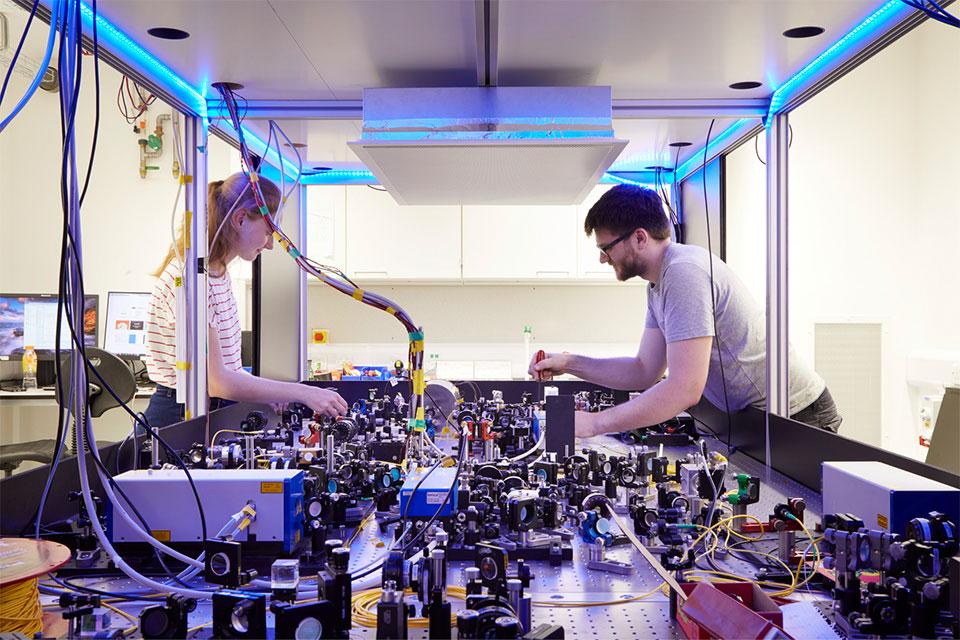Beecroft Building
Abstract
Recent experimental advances, both in solids as well as quantum simulators, allow unprecedented microscopic studies of the structure of strongly correlated quantum matter. In the Fermi-Hubbard model believed to underly high-Tc superconductivity, this allows us to revisit a decades-old idea that strongly interacting electrons may fractionalize into partons — loosely speaking, the analogs of quarks in high-energy physics — called spinons and chargons. In this talk I will give an overview of recent theoretical and experimental results supporting this idea, starting by drawing analogies with much earlier experiments revealing the existence of quarks. Then I will discuss the possible implications of meson formation for understanding pairing and superconductivity in these strongly correlated systems. Some rather direct signatures of meson formation have been revealed through multi-stage dynamics of quasiparticle formation with ultracold atoms in optical lattices which I will present. Even more detailed insights can be obtained from spectroscopic probes, which provide a promising direction for future quantum simulation experiments. I will close by discussing prospects for direct quantum simulations of lattice gauge theories, with the prospect to address even more fundamental questions about the origin of quark confinement in tabletop experiments.

